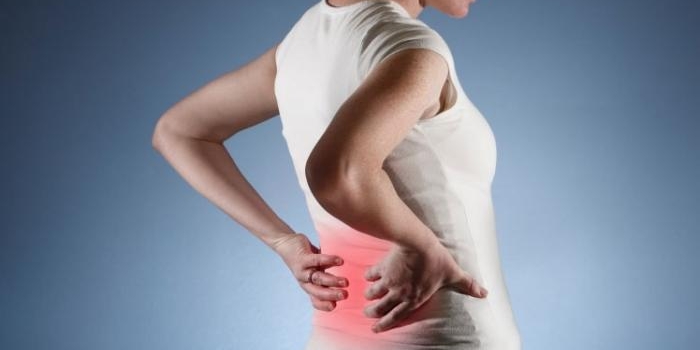Back pain in women
Recent research by Dr. Jorge Lolas on the infectious etiology of Premenstrual Syndrome (PMS) has prompted us to re-examine our understanding of back pain in women, particularly lumbago, cervicalgia, and chronic pain without obvious pathological causes. While traditional diagnostic and treatment approaches remain valuable, it is crucial to consider alternative perspectives, especially in cases where conventional methods fail to provide adequate explanations or relief.
A significant number of women experience lower back pain, dorsalgia, and chronic cervicalgia without identifiable pathology in diagnostic tests. Many of these women are diagnosed with fibromyalgia, a condition characterized by widespread pain and tenderness. While the exact cause of fibromyalgia remains unknown, it predominantly affects women, raising questions about potential underlying factors contributing to this disparity.
Dr. Lolas’ research suggests a possible connection between cervical inflammation and chronic pain. One of the most perplexing symptoms of PMS is low back pain, which may be a form of dysmenorrhea referred to the renal sinus. Additionally, chronic cervicalgia with muscle spasm, often accompanied by pain hypersensitivity to touch, is another common complaint.
Dr. Lolas proposes that an inflamed cervix acts as a significant source of prostaglandins, inflammatory mediators known to lower pain thresholds and contribute to hyperalgesia. This excess prostaglandin production could explain the widespread pain and tenderness experienced by many women, including those with PMS and fibromyalgia.
This novel perspective highlights the potential role of cervical inflammation in chronic pain and underscores the need for further investigation. Recognizing and addressing cervical inflammation may offer new avenues for diagnosis and treatment, potentially providing much-needed relief for countless women suffering from unexplained chronic pain. Fortunately, there is a treatment.


0 Comments